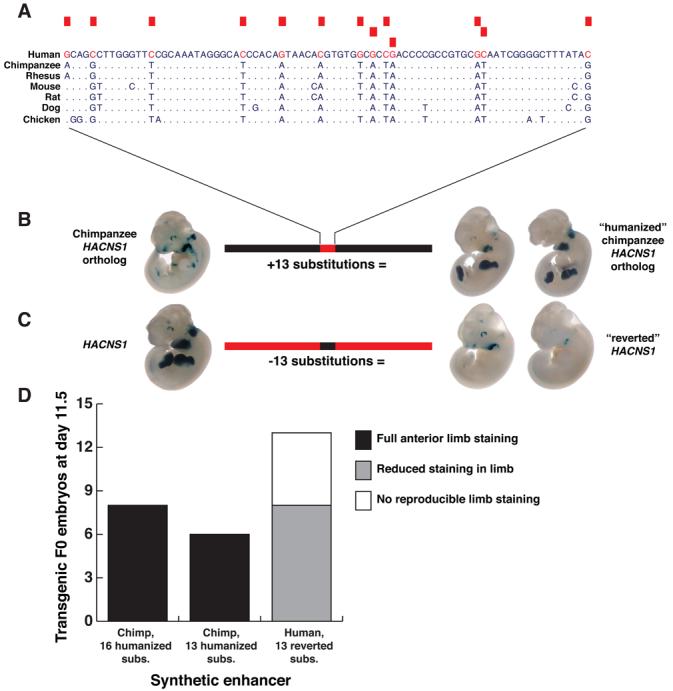Figure 3. Identification of human-specific substitutions contributing to the gain of function in HACNS1.

A. Alignment of HACNS1 with orthologous sequences from other vertebrate genomes, focused on an 81-bp region in the element that contains 13 human-specific substitutions. The position of each substitution is indicated by a red box above the alignment and each human-specific nucleotide is highlighted in red. Positions in the nonhuman genomes that are identical to the human sequence are displayed as dots. B. Expression pattern of a synthetic enhancer in which the 13 human-specific substitutions (red box) are introduced into the orthologous 1.2 kb chimpanzee sequence background (black bar). C. Expression pattern of a synthetic enhancer obtained by reversion of these substitutions (black box) in the human sequence (red bar) to the nucleotide states in chimpanzee and rhesus. D. Number of embryos transgenic for each synthetic enhancer that show full, partial or no expression in the limb at E11.5.
